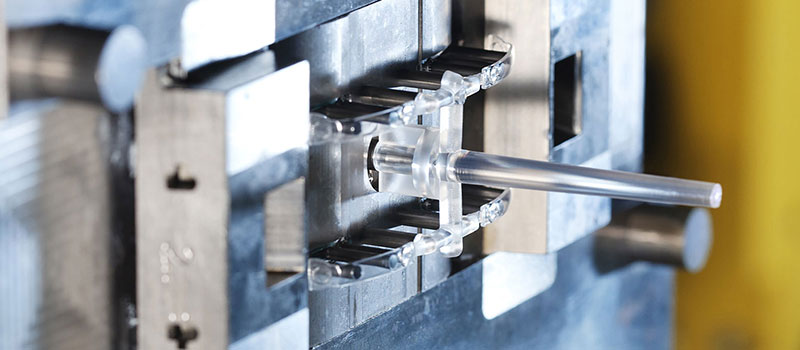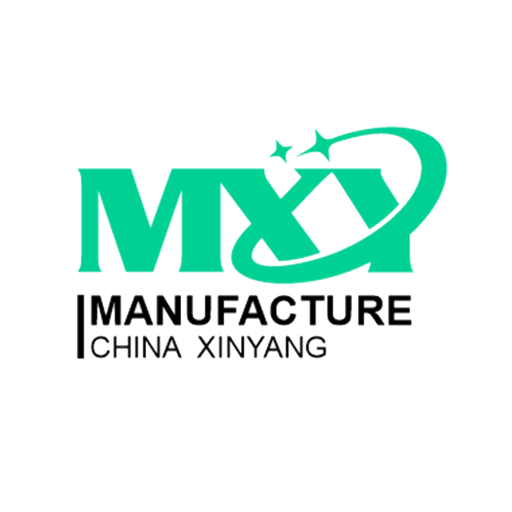.
Designing Parts for Injection Molding: 6 Things to Consider
.
.
Injection molding is a crucial manufacturing technique employed in the production of automotive components, packaging materials, toys, and various other merchandise.
In the process of injection molding, a molten substance, typically a thermoplastic, is injected into a mold cavity. Once the material has cooled, it can be extracted from the mold as a completed product. This method enables manufacturers to produce large quantities of identical molded parts by reusing the same mold repeatedly.
Injection molding is a versatile process that is utilized in various industries; however, it is important to note that not all product designs are compatible with this method. Prior to commencing manufacturing, careful consideration must be given to material selection, shape, and features.

Designing a part suitable for injection molding can be easily achieved by adhering to a set of fundamental principles.
Wall thickness depends on the material
The determination of the suitable wall thickness for a component can be influenced by several factors: the structural nature of the component, the potential fragility of the component, and most importantly, the selected material.
Fortunately, producers are spared from the trial and error process, as standard injection molding materials come with specified wall thicknesses.
| Material | Wall Thickness (inches) |
| ABS | 0.045 – 0.140 |
| Acetal | 0.030 – 0.120 |
| Acrylic | 0.025 – 0.500 |
| Liquid Crystal Polymer | 0.030 – 0.120 |
| Long-fiber reinforced plastics | 0.075 – 1.000 |
| Nylon | 0.030 – 0.115 |
| Polycarbonate | 0.040 – 0.150 |
| Polyester | 0.025 – 0.125 |
| Polyethylene | 0.030 – 0.200 |
| Polypropylene Sulfide | 0.020 – 0.180 |
| Polypropylene | 0.025 – 0.150 |
| Polystyrene | 0.035 – 0.150 |
| Polyurethane | 0.080 – 0.750 |
Adding draft makes the part easier to remove
When creating a component for injection molding, incorporating draft into the surfaces of the part can prove advantageous. Draft, also known as tapering, involves designing the sides of the part with a slight angle rather than a straight configuration. The inclusion of draft can yield numerous benefits.
Prior to anything else, incorporating draft into a design facilitates the extraction of the cooled part from the mold. Additionally, draft angles offer further advantages by minimizing the risk of deformation and other potential issues.
Typically, deeper cavities necessitate a greater draft angle, with many engineers opting for approximately 1 degree of draft per inch of cavity depth. Nevertheless, variables such as material type, wall thickness, and shrink rate can impact the ideal draft for a component. Therefore, seeking advice from an injection molding specialist is advisable when determining the appropriate angle.
Radii improve material flow
Engineers should take into account the incorporation of radii into their designs to eliminate sharp corners, in addition to determining the suitable degree of draft for a part.
Not every component appears to be suitable for incorporating rounded edges. In reality, certain components necessitate right angles and sharp corners to fulfill their purpose. Nevertheless, there are two primary justifications for the advantages of having rounded edges on an injection molded part.
To begin with, the absence of sharp corners facilitates the smooth flow of the injected material within the mold, thereby enhancing the molding process. Additionally, eliminating sharp corners can enhance the integrity of the component, minimizing the risk of breakage during its utilization.
Coring out saves money
It may be assumed that injection molding is employed to manufacture completely solid components, considering how the molten material fills the mold cavity effectively. However, a more economical approach to fabricate molded parts is to “hollow them out” by creating a hollow interior and utilizing walls and ribs to uphold their strength.
Reducing the core of a component decreases its weight and the amount of material required. Nevertheless, with well-designed walls and ribs, the component can maintain its strength equivalent to that of a completely solid part.
It is generally recommended to use a rib-to-wall thickness ratio ranging from 40 to 60 percent of the surface thickness when designing ribs in a molded part. This means that the ribs should ideally be approximately half as thick as the uncored part of the component.
In addition to cost savings and weight reduction, coring out assists in the production of superior injection molded components by minimizing sink and stresses.
Undercuts or no undercuts?
Creating injection molded parts is a simpler process when dealing with simple designs compared to complex ones. However, in numerous instances, eliminating intricate features could negatively impact the overall performance of the final product.
Engineers are occasionally required to resort to intricate designs, incorporating elements such as undercuts. These undercuts, due to their shape and positioning, hinder the direct ejection of the molded part from the mold.
When a design includes one or multiple undercuts, it is typically necessary to construct the mold using multiple components in order to facilitate a side-pull motion. Consequently, this leads to an escalation in costs as the mold becomes more intricate in nature.
Designers have two alternatives: they can either simplify the design to remove undercuts, or they can contemplate how to adapt the current design.
Choosing the right partner
If the process of designing a part for injection molding still appears excessively intricate, the most advisable course of action is to seek guidance from an expert in injection molding.
3ERP is a renowned expert in the field, boasting extensive expertise in fabricating molded components for a diverse clientele.
We provide injection molding services at an affordable cost, offering a variety of plastic options such as polycarbonates, nylons, and thermoplastic elastomers.
Please reach out to XinYang today for a price estimate or to gain further insight into our services.


